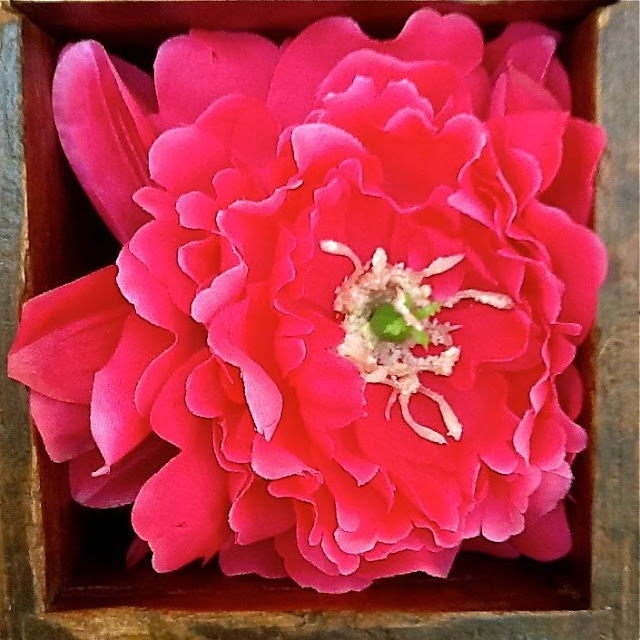To talk casually
About an iris flower
Is one of the pleasures
Of the wandering journey.
From The Record of a Travel-worn Satchel by the 17th ct. Japanese poet Basho
The peony, mu dan 牡丹花, is a much favored flower among the Chinese. It was named "male vermilion flower" in the late sixth century by the infamous concubine of the Emperor Gaozhong who later went on to rule China as the Empress Wu. When depicted in paintings & decor, it signifies power, wealth and rank. Surprisingly, given its lushness, it is associated with yang 阳, the male principle.
The orchid, lan hua 兰花, is associated with yin 阴, with women, beauty and virtue ( & not "sex without love" as in Proust...) It stands for refinement & elegance; for me, the orchid conjures up Shanghai's Glamour Bar where it is always on display & "hai pai," the style that defined Shanghai in the good ol'/bad ol' days. (For a taste of all those flavors, here's the podcast of Lynn Pan talking about her book, Shanghai Style: Art & Design Between the Wars.) At the flower markets, I revel in the rush of seeing entire room-sized stalls filled solid with violet & white phalaenopsis orchids.
I put the drawer together for the colors...apparently I, too, think that violet & pink look good together...and for the fakery of the blooms...so I'm surprised to read all these associations in my favorite book on Chinese symbology, Patricia Bjaaland Welch's Chinese Art: A Guide to Motifs & Visual Imagery. Turns out that the two flowers also both represent spring...
and then there's the serendipitous conjunction of yin & yang for the season of the birds and the bees...






No comments:
Post a Comment